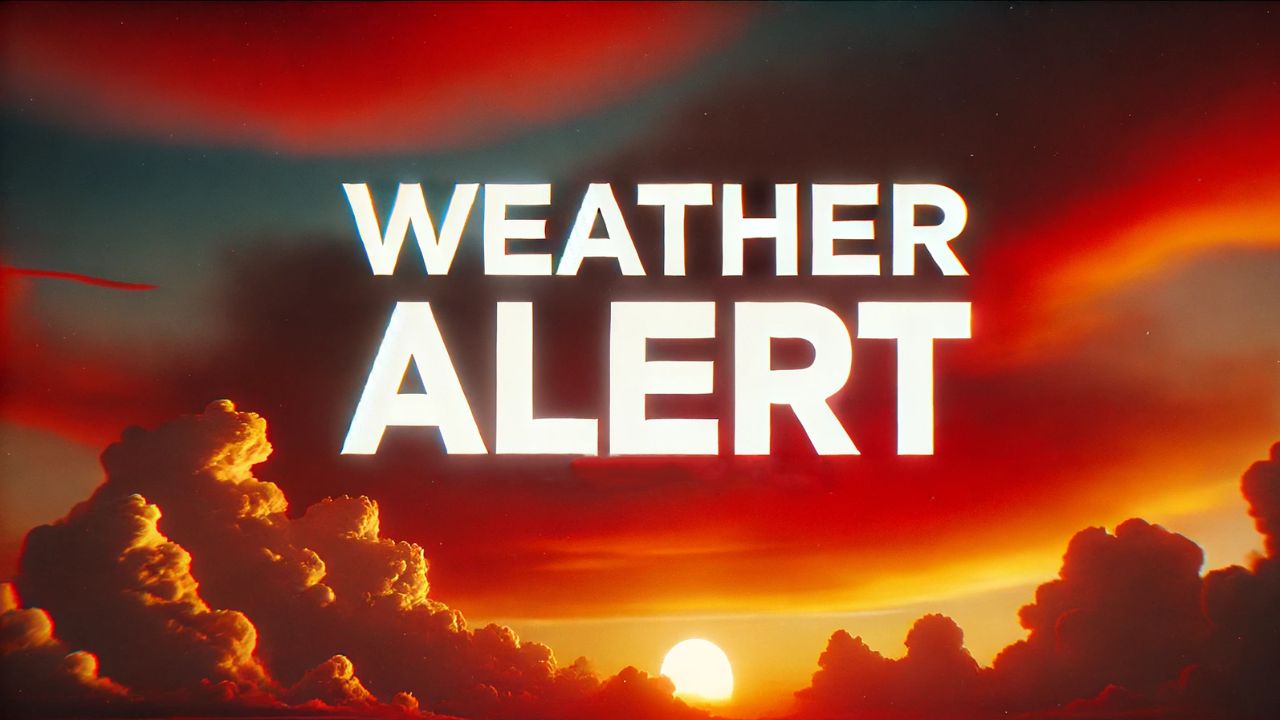California Heat Watch: Bakersfield Has 60% Chance Of Record-Breaking Temperatures Thursday.
Affecting this week, the warm spell is forecasted to be record-breaking. Bakersfield, California, is expected to be struck with a major heatwave that meteorologists suspect will be unusual for this time of year. Advice is given to residents so that they can protect themselves from almost unthinkable high temperatures in the coming days.
This Unusually Warm February
Bakersfield has already started feeling the early effects of warm weather. February 24, 2025, would go down in the city’s history as the first 80-degree day, as the thermometer read a high of 80.
Meanwhile, this register stood almost 2 degrees short of the 2016 record of 82. The warm weather may actually be just beginning, though, since even warmer high temperatures may arrive soon.
Forecasts And Expected Records
A high temperature of 84°F is expected in Bakersfield on Thursday, February 27, 2025, according to meteorologists. If this happens, it would break the old record of 82°F for that date and rank it very nearly at the top of what may now become one of the hottest February days in all recorded history in this city.
As the warming progresses through the week, there’s likely to be a slight tapering off as we head toward the weekend.
What Can You Expect From The Weather Watch In The Next Few Days?
- Tuesday, February 25: The day is cooler than Monday, with partial cloud cover yielding to sunshine, 68F high and 42F low.
- Wednesday, February 26: Mostly sunny and warmer, 75F high and 48F low.
- Thursday, February 27: Weeks’o warmest day with 84F high and 44F low.
- Friday, February 28: Still warm but slightly cooler than Thursday, with a 72F maximum and a minimum of 47F. Be prepared for something seriously out of the ordinary- the temperatures reportedly reaching record highs.
Unseasonably Warm February
The heat wave has started setting in Bakersfield, with Monday recording the first 80-degree day of the year, a high of 85°F on February 24, 2025; the record high stands at 82°F on the same date back in 2016. But it is probably just the beginning, as the weather forecast signals even hotter days to come.
Forecast/Expected Records
According to the weathermen, Bakersfield could experience a peak of 84°F on Thursday, February 27, 2025. If this happens, it may break the record of 82°F during that turn of the month and could stand out as one of the hottest February days since records began in the city. The warm weather trend is expected to last up to the weekend but taper back distinctly as the weekends.
Detailed Weather Forecast For Days Ahead
- Tuesday: Cooler with partial clouds.
- Friday, March 1: Warm with clouds, high of 76°F, low of 46°F.
- Sunday, March 2: Partly cloudy with some rain possible, high of 67°F, low of 47°F.
- Monday, March 3: Mostly cloudy with occasional showers, high of 64°F, low of 44°F.
Impact On Residents And Precautions
The sudden rise in temperature has seen a call on residents to stay vigilant in guarding themselves against heat-induced illnesses. Health authorities advise taking in enough fluids, dressing unimposingly, and opting out of outdoor activities during the hottest hours in the afternoons.
Most vulnerable are the elderly, children, and those with pre-existing health concerns, and should be accorded special care.
City officials also reminded the residents to check on one another, especially neighbours who may not have ventilation systems or other means of cooling themselves. The sudden shift here, after all, is a rabidly sensitive one from cool February conditions straight to near-summertime heat.
Climate Change And Temperature Rise
The unusual warmth in February this year in Bakersfield, California, draws attention to deeper issues dealing with climate change and its impact on the weather. Researchers have long warned that extreme weather events, heat waves, will become more common and severe due to global warming. One heat wave alone is not exactly the definition of climate change.
Still, the trajectory of temperatures rising over time paints a picture of the effectiveness of external causal factors, climate advocacy, and the need for possible changes.

